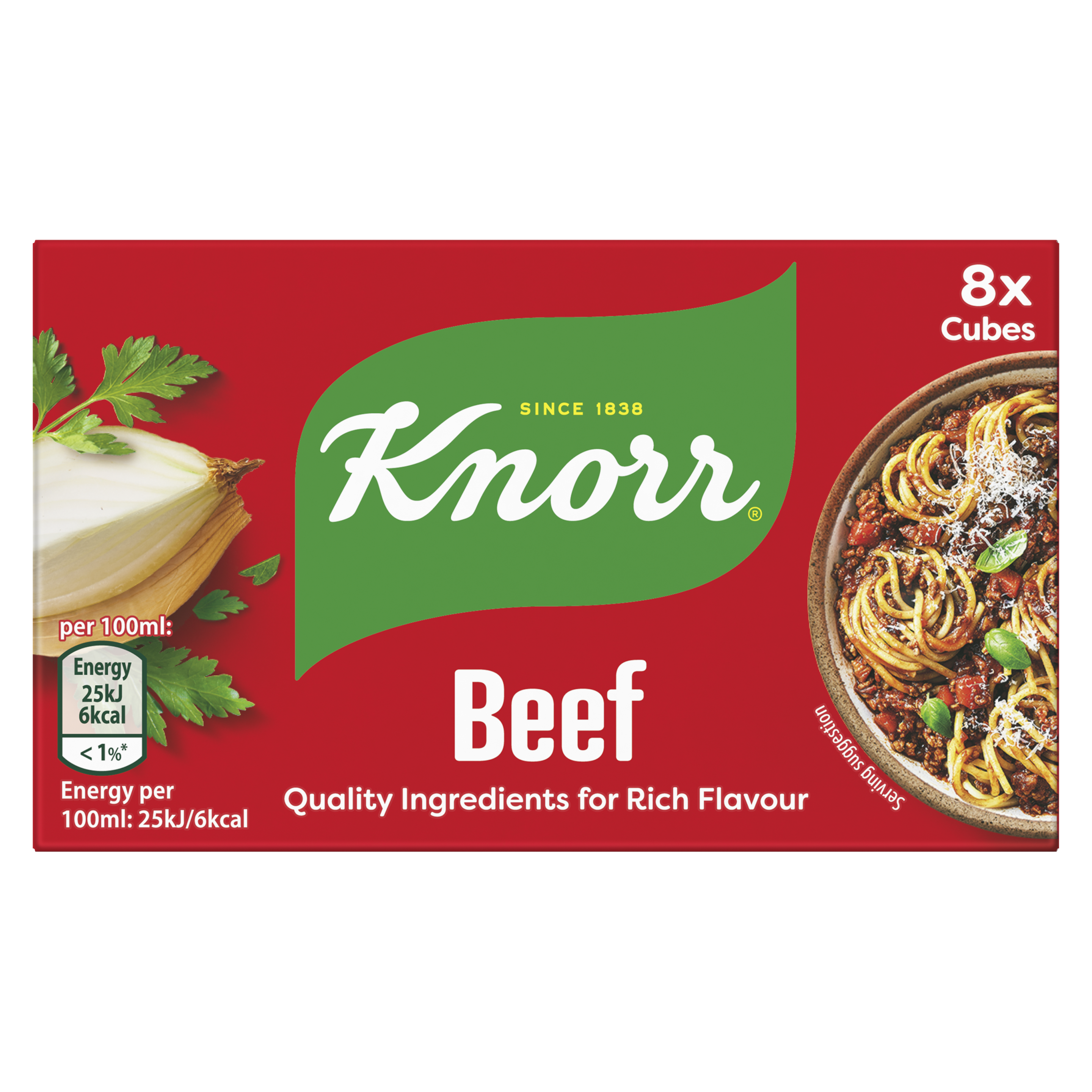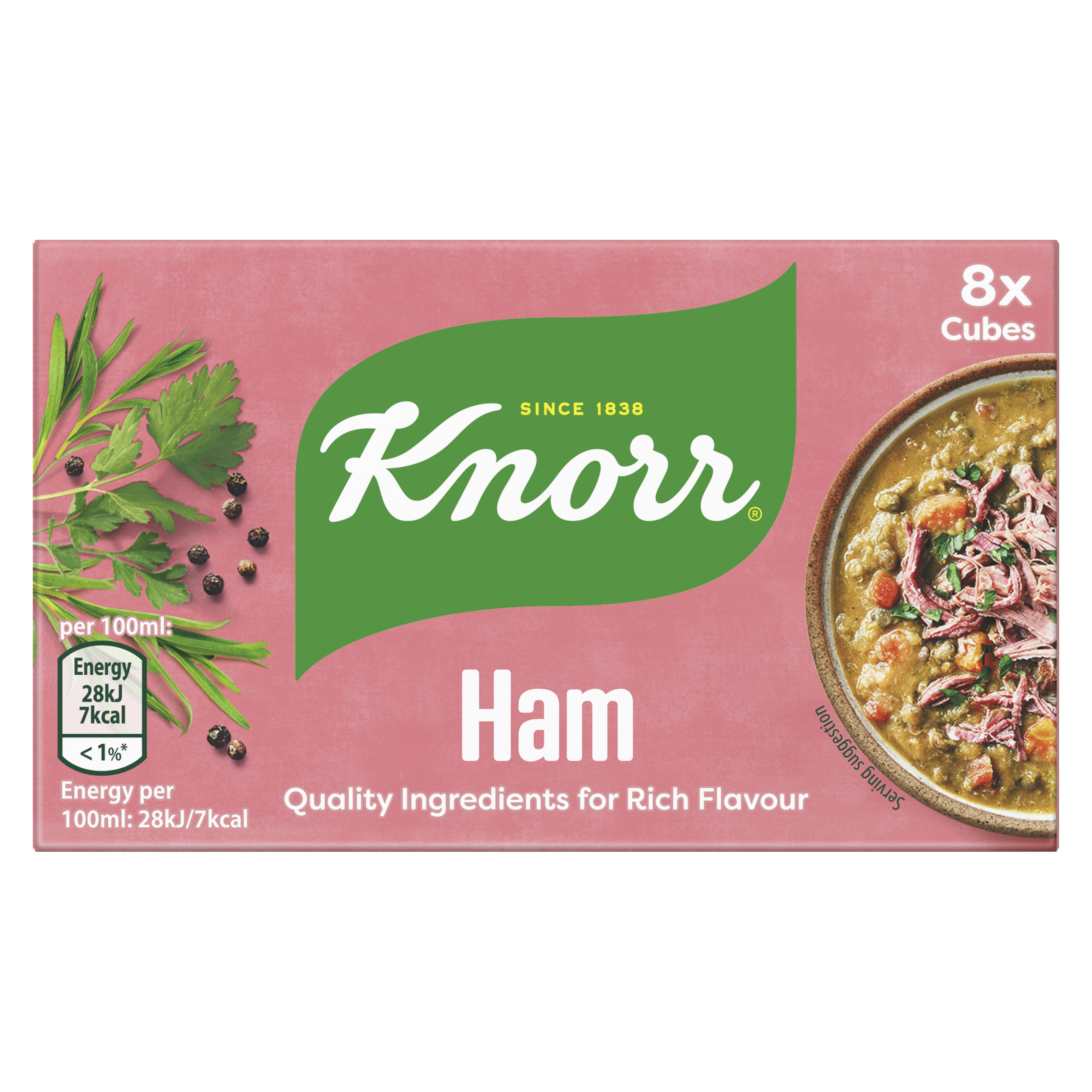Skip to:
A roux is a fundamental cooking technique using equal parts fat and flour to thicken sauces and soups, providing richness or a nutty flavour depending on how long it's cooked. This guide details how to make a perfect roux, including essential rules for avoiding lumps and achieving a smooth, glossy consistency.
A roux is the cornerstone of many classic sauces, soups, and gravies, acting as a fundamental thickening agent. Pronounced 'roo', it's a simple yet crucial mixture of equal parts fat (like butter, oil, or Knorr's Flora Buttery) and flour, cooked together before liquid is added.
Why Master the Roux?
- Versatility: It forms the base for beloved sauces like Béchamel, Velouté, and Espagnole.
- Flavor Depth: A white roux offers a subtle richness, while a darker roux, cooked longer, imparts a delightful nutty flavour.
- Texture Control: It's your secret weapon for achieving perfectly thickened, glossy, and smooth sauces and gravies.
Key Rules for Roux Perfection:
To ensure your roux is lump-free and delicious, follow these essential steps:
1. Equal Parts: Use a 1:1 ratio of fat to flour (e.g., 15g Flora Buttery to 15g flour).
2. Liquid Ratio: For every 15g of flour, plan for approximately 300ml of liquid.
3. Gentle Heat: Melt your fat in a thick-based pan over very low heat. Add the flour and stir until thoroughly combined.
4. Cook Out the Flour: Gently cook the mixture for 2-3 minutes on low heat. This step is vital to eliminate any raw flour taste.
5. Temperature Matters: When combining the roux with liquid, ensure the liquid is warm to moderately hot, not boiling. This helps prevent lumps.
6. Gradual Addition: Add the liquid a little at a time, stirring constantly, especially at the beginning. Once about half the liquid is incorporated, you can add the remainder more quickly.
7. Constant Stirring: Continue to cook and stir gently until the sauce thickens to a glossy, smooth consistency.
8. Tool Up: Using a whisk is highly recommended over a wooden spoon to prevent lumps and ensure smoothness.
9. Never Unattended: Keep a close eye on your roux; it can burn quickly. If it seems to be sticking, remove the pan from the heat for a moment while continuing to stir.
By following these tips, you'll unlock the secret to consistently perfect roux sauces, elevating your home-cooked meals.












